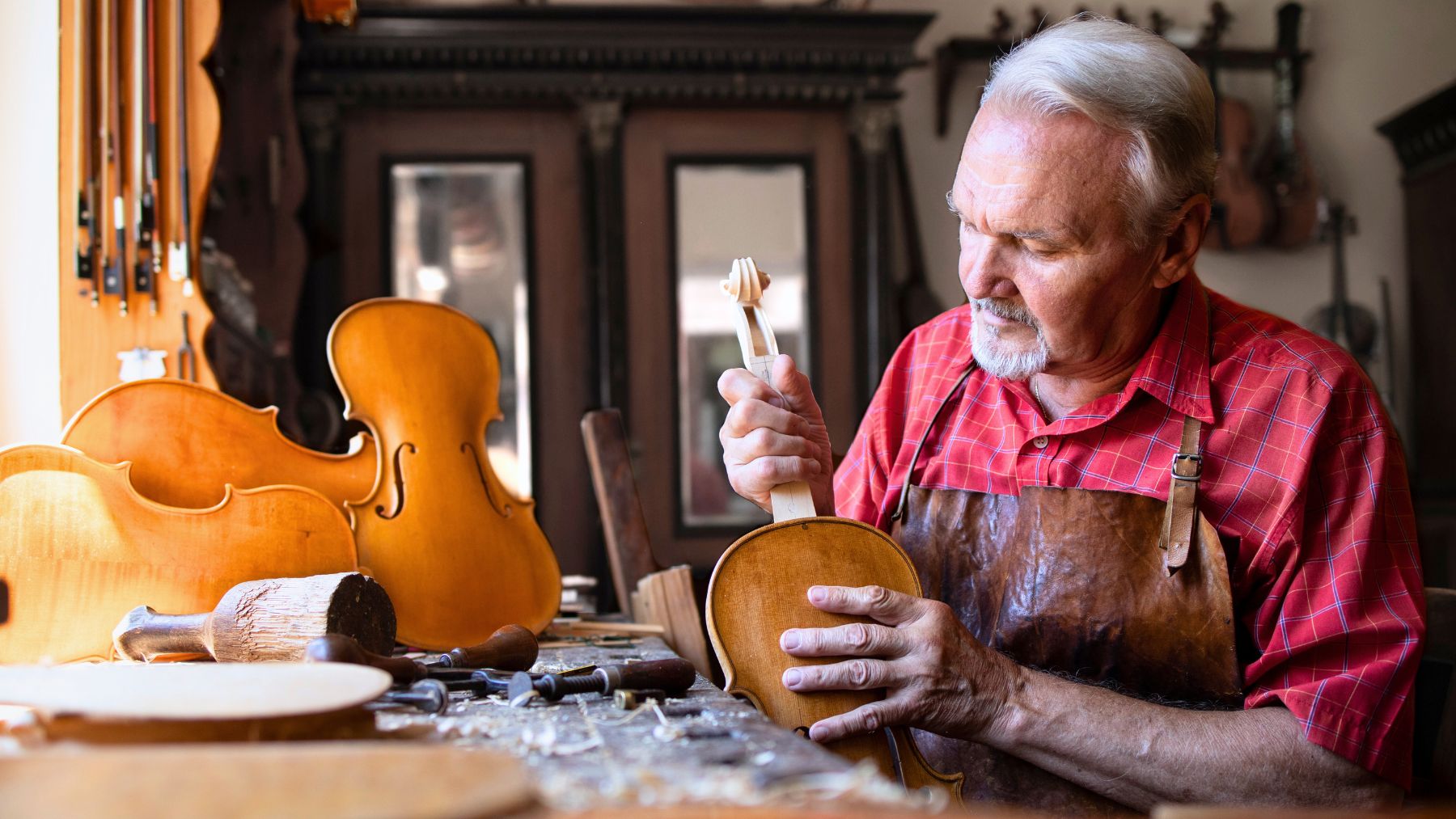Modelism isn’t limited to constructing tiny ships or assembling miniature train sets, it also includes crafting historic battleships, vintage cars, and even futuristic spacecraft. This immersive hobby nurtures creativity and precision while strengthening the mind, easing stress, and forging meaningful connections with fellow enthusiasts.
Here, we’ll explore how modelism supports cognitive and emotional health for retirees over 65 while deepening social bonds. You’ll also find practical advice for launching your first project, even if you’re a complete beginner.
Why modelism can be a good hobby for seniors
Beyond being a pastime for children or experts (like collecting items), modelism is a valuable pathway for seniors to keep their minds agile and remain socially active. The following points detail how this engaging hobby can favor older adults.
Sharpens motor skills and coordination
Working with small components, intricate paintwork, and the careful assembly of precise parts demands controlled manual dexterity. This is vital for reinforcing fine motor skills and honing hand-eye coordination, and it can benefit everyday activities like writing for retirees.
Keeps the mind active and engaged
Every model unfolds a narrative that involves problem-solving, deliberate planning, and patient execution. Researching historical backgrounds, deciphering clear assembly instructions, and overcoming design challenges provide a stimulating mental workout that activates memory and logical reasoning. For seniors, this continuous cognitive exercise helps slow decline and keeps the brain nimble.
Builds confidence through tangible wins
Completing a model, no matter how simple, instills a gratifying sense of achievement. These tangible victories help counter feelings of stagnation or irrelevance. There is genuine pride in looking at a finished piece and saying, “I made that”.
Fosters social connections
Local workshops, hobby clubs, and online communities offer many opportunities to exchange ideas, share techniques, and forge lasting bonds over collaborative projects. For many seniors confronting social isolation, it provides a relaxed, accessible way to connect with like-minded people.
Offers a calming escape
The repetitive, detail-oriented process of model building mirrors a meditative practice that keeps the attention in the present moment. This mindful practice can help alleviate chronic pain, ease grief, and reduce loneliness.
How to start your modelism journey after 65
Embarking on your modelism adventure does not require expert skills or costly equipment. The following steps offer practical guidance for beginning confidently without feeling overwhelmed.
- Pick a theme that excites you: Select a subject that ignites your curiosity—a vintage car, a WWII aircraft, a steam locomotive, or a fairy-tale cottage. Passion fuels persistence, especially when projects span weeks or even months.
- Start small: Opt for beginner-friendly kits marked “easy assembly”. These typically contain pre-cut components and clear, straightforward instructions, allowing you to build confidence before tackling intricate projects.
- Assemble basic tools: Gather essential items such as a hobby knife, tweezers, sandpaper, and acrylic paints. Many starter kits include these, so review the toolkit contents first to avoid unnecessary purchases.
- Join a local or online group: Explore communities on platforms like Facebook or inquire at local craft supply stores about modelism workshops and club meetings.
- Embrace imperfection: Accept that your initial model may not mirror the box art, and that is fine. Focus on the progress you make rather than an ideal.
Modelism is an activity that celebrates the joy of crafting with your own hands, the satisfaction derived from solving intricate puzzles, and the rewarding connections that develop along the way. Whether you’re 25 or 85, there is always a place at the workbench for aspiring modelers.

